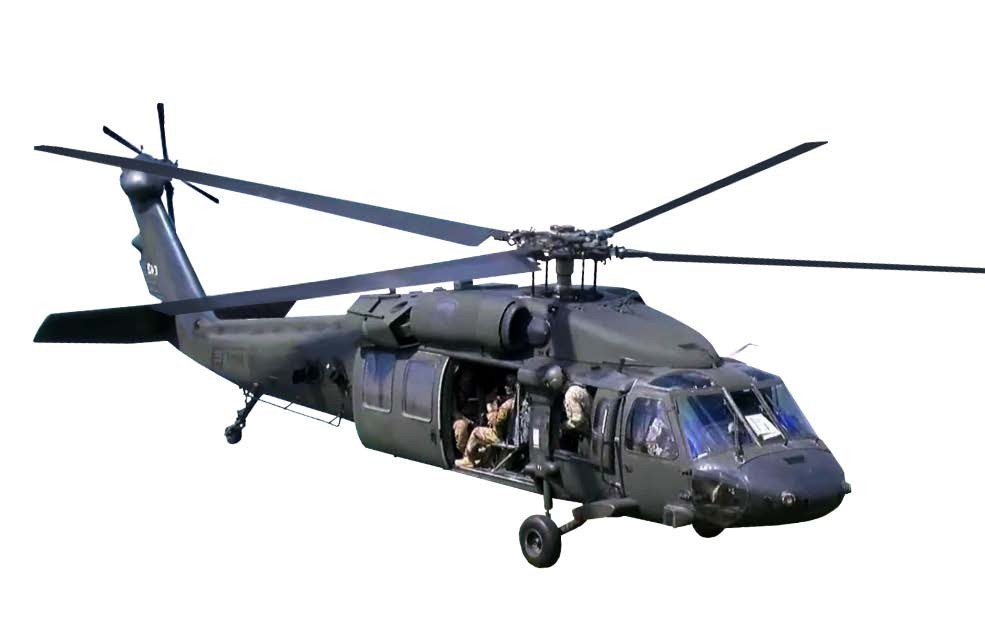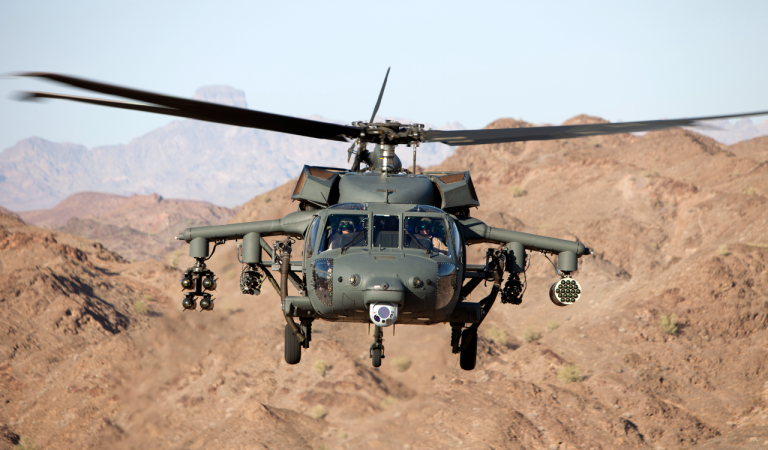The Value of the UH 60 in Armed Force Operations and Catastrophe Alleviation Efforts
Important Realities and Insights About the UH-60 Helicopter
The UH-60 helicopter, a keystone of modern armed forces aviation, has actually evolved substantially since its introduction in 1979. Prominent for its flexibility, it features a sophisticated style that suits numerous operational demands, from army transportation to clinical discharge. Its sophisticated avionics and durable building and construction enhance both performance and security in diverse settings. However, the implications of its style options and functional capabilities prolong beyond the combat zone, affecting altruistic goals worldwide. Recognizing the complexities of the UH-60's role discloses a complex narrative of innovation and adjustment that benefits further expedition.
Background of the UH-60
The UH-60 Black Hawk helicopter was created in the late 1970s as part of the United States Military's campaign to replace the older UH-1 Iroquois. The demand for an extra flexible, resilient, and qualified airplane occurred from the lessons learned throughout the Vietnam War, where the limitations of the UH-1 emerged. In 1972, the Army launched a program to obtain a new energy helicopter, finishing in an affordable design stage that saw a number of producers send propositions.
Sikorsky Aircraft was inevitably granted the contract in 1976, and the initial prototype of the Black Hawk took flight in 1974. Its layout concentrated on innovative innovation, including a four-blade rotor system and a modular construction that enabled rapid area maintenance and flexibility to different goals. Officially getting in solution in 1979, the UH-60 swiftly became the foundation of Army aeronautics, serving in a plethora of roles such as troop transport, medevac, and logistical assistance.
Throughout the years, the Black Hawk has undertaken different upgrades and alterations, solidifying its standing as a vital asset in army operations around the world (UH 60). Its durable performance remains to satisfy the evolving demands of contemporary war
Layout and Features
Incorporating sophisticated design concepts, the UH-60 Black Hawk includes a sleek, aerodynamic style that improves its efficiency and performance. This twin-engine energy helicopter is characterized by its distinct shape, with a high-mounted, four-blade major blades system that gives outstanding lift and stability. The rotor blades are built from composite materials, contributing to their toughness and lowering upkeep requirements.
The body is created for ideal weight distribution and structural stability, permitting a maximum gross weight of approximately 22,000 extra pounds. The cabin format promotes flexible setups, accommodating various missions, from army transportation to medevac procedures. In addition, the cabin is furnished with sophisticated avionics, including digital displays and multi-functional systems that enhance situational recognition.
The UH-60 additionally includes composite materials in its airframe, which reduce radar cross-section and improve survivability in hostile settings. Its retracting landing gear simplifies the airplane's profile, additional contributing to its aerodynamic performance. Generally, the thoughtful combination of style aspects and materials not just enhances the Black Hawk's functional abilities however likewise ensures that it continues to be a crucial asset for goals throughout varied terrains and problems.
Operational Capabilities


The UH-60 is equipped with sophisticated avionics and navigating systems, promoting operations in challenging weather and reduced presence situations. Its durable style enables it to read this article execute in high-altitude and extreme temperature conditions, further expanding its operational range. The helicopter's twin-engine arrangement supplies redundancy and improved performance, making certain integrity throughout critical goals.
Furnished with sophisticated interaction systems, the Black Hawk improves situational awareness and control among army systems. Additionally, its capacity to perform airborne reconnaissance and support close air assistance missions emphasizes its essential role on the combat zone. Overall, the UH-60 Black Hawk's functional capacities are a testament to its relevance in modern army aviation, properly satisfying the needs of a quickly developing functional landscape.

Variants and Modifications
Numerous variations and adjustments of the UH-60 Black Hawk have been established to meet particular objective needs and enhance its functional convenience. The most noteworthy variant is the UH-60L, which presented updated engines, enhanced avionics, and enhanced freight ability. In addition, the UH-60M alternative functions advanced electronic avionics, a much more effective engine, and boosted survivability systems, making it appropriate for a larger array of goals.
The HH-60G Lead Hawk is an additional specialized version, created for search and rescue operations. It is equipped with innovative navigation systems, external gas containers, and clinical emptying abilities. The MH-60R Seahawk is enhanced for anti-submarine warfare and maritime procedures, boasting innovative radar and sonar systems.
Furthermore, the armed versions, such as the AH-60, are changed for straight strike functions, investigate this site including weapon systems like rockets and equipment guns. The UH-60's adaptability is additional showcased in its capability to be fitted with mission-specific devices, consisting of cargo hooks for transportation, troop transportation interiors, and reconnaissance sensors.
These modifications and variants highlight the Black Hawk's important duty in modern armed forces procedures, showcasing its ability to adapt to progressing mission demands.
Duty in Altruist Efforts
The UH-60 Black Hawk has actually tipped up to play a crucial function in altruistic initiatives around the globe, demonstrating its versatility beyond army applications. This multi-mission helicopter is equipped to carry out a range of missions, consisting of medical discharges, catastrophe relief, and logistical support in difficult settings.
Throughout natural catastrophes, such as quakes and storms, the Black Hawk has actually proven very useful for moving relief materials and workers to influenced locations. Its capacity to run in ascetic problems permits it to get to remote areas that might be inaccessible by ground transport, making certain prompt assistance to those in need.
Additionally, the UH-60 is commonly made use of for medical emptying objectives, quickly carrying hurt individuals to clinical centers. Its sophisticated clinical abilities, including area for medical workers and devices, allow life-saving interventions during crucial situations.
In global operations, the Black Hawk regularly collaborates with altruistic companies, showcasing its versatility and dependability. By leveraging visit its abilities, the UH-60 not just supports military purposes yet likewise plays a crucial role in conserving lives and relieving suffering during altruistic situations worldwide.
Final Thought
The UH-60 helicopter has developed itself as an important asset in armed forces procedures because its introduction, identified by its robust style and functional capabilities. The UH-60's contributions expand past fight, playing a considerable duty in humanitarian efforts worldwide.
The UH-60 Black Hawk helicopter was created in the late 1970s as part of the United States Military's initiative to replace the older UH-1 Iroquois.Integrating innovative engineering principles, the UH-60 Black Hawk includes a sleek, aerodynamic design that improves its efficiency and performance.Optimized layout and progressed design allow the UH-60 Black Hawk to excel in a range of functional duties. Overall, the UH-60 Black Hawk's operational abilities are a testament to its relevance in modern-day army aviation, effectively satisfying the demands of a quickly progressing functional landscape.
Numerous versions and alterations of the UH-60 Black Hawk have actually been created to satisfy specific mission requirements and enhance its operational versatility.